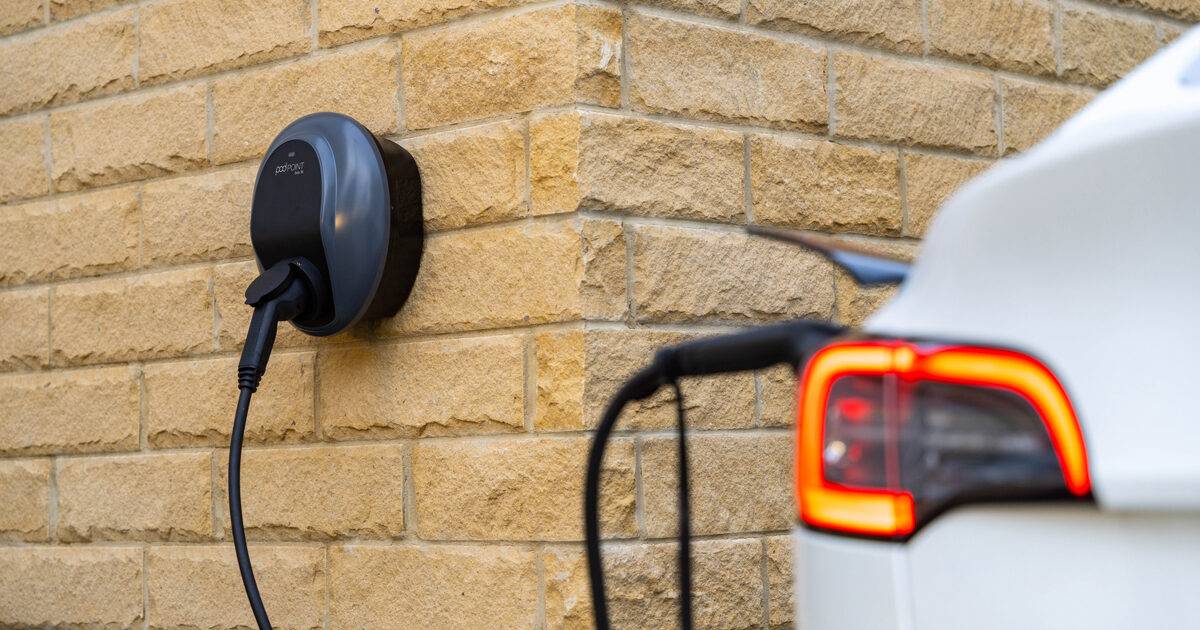The Automobiles & Vehicles Blog

How to Understand EV Tax Credits and Incentives
Buying an electric vehicle (EV) isn’t just a sustainable choice—it can also be a smart financial one, thanks to a growing range of tax credits and incentives.
Our team found that EV buyers who understand the available tax benefits and rebates can save thousands on their purchase, installation of home chargers, and ongoing running costs. But these incentives can be complex—varying by country, state, income level, vehicle type, and even battery size.
This guide breaks down how EV tax credits and incentives work, how to qualify, and how to take full advantage of what’s available—so you can make your transition to electric both cleaner and cheaper.
Pro Tip: Start researching incentives before you buy. Some credits only apply to new purchases or require pre-approval.
Quick Guide: Understanding EV Tax Benefits at a Glance
- Know the difference between tax credits, rebates, and exemptions.
- Check whether the vehicle you’re buying qualifies.
- Understand federal vs state or local incentives.
- Factor in income limits and price caps.
- Explore credits for home charging equipment and solar integration.
- Apply early, and retain all documentation.
- Consider leasing options for shared incentive benefits.
Important: EV incentives are time-sensitive and subject to change—what’s available today may be gone tomorrow.
Step 1: Understand the Types of EV Incentives
Not all incentives are created equal. Here’s what to know:
Federal Tax Credit
- Reduces the income tax you owe for the year you purchased the EV.
- In the U.S., up to $7,500 for qualifying vehicles.
- Not a refund—you may not get the full credit if your tax liability is lower.
Point-of-Sale Rebate
- A discount applied immediately when you buy the vehicle.
- Common in Canada, the UK, and select U.S. states.
- Reduces out-of-pocket cost, regardless of your tax situation.
State and Local Rebates
- Additional credits, rebates, or registration exemptions offered by state or local governments.
- May include carpool lane access, toll discounts, or free parking.
Utility Company Incentives
- Many energy providers offer rebates for home charger installation, off-peak charging credits, or EV-specific rates.
Tip: Stack your incentives when possible—federal, state, and local can combine for major savings.
Step 2: Check Vehicle Eligibility
Not all EVs qualify for all incentives. Some programmes exclude luxury vehicles, foreign-built models, or used cars.
Key Factors:
- Final assembly location – U.S. credits often require North American assembly.
- Battery sourcing and size – Certain credits depend on battery materials or kWh capacity.
- Price cap – In the U.S., vehicles over $55,000 (cars) or $80,000 (SUVs/trucks) may not qualify.
- Income limits – Some credits now exclude high-income earners.
U.S. Examples (2025):
- Tesla Model 3 (base trim): Qualifies for $7,500 federal credit
- Hyundai IONIQ 5: May qualify depending on final assembly location
- BMW iX: May not qualify due to foreign assembly and price
Check the U.S. Department of Energy’s official list or your local government’s EV portal for an up-to-date database.
Step 3: Explore Incentives by Region
🇺🇸 United States
- Federal EV Tax Credit: Up to $7,500 based on vehicle eligibility
- State programs: Vary widely—California’s Clean Vehicle Rebate Project (CVRP) offers up to $2,000
- Utility rebates: Common in California, New York, Colorado
🇨🇦 Canada
- Federal iZEV Program: Up to CAD $5,000 for eligible new EVs
- Provincial incentives: BC and Quebec offer additional rebates
- Charger rebates: Up to CAD $700 in some provinces
🇬🇧 United Kingdom

- Plug-in Vehicle Grant (PIVG): Ended for most cars, but still applies to some vans and taxis
- Home charger grant: Up to £350 via the EV Chargepoint Grant (for flats or renters)
- Exemptions: No congestion charge or road tax (VED) for zero-emission vehicles
Pro Tip: Search “[your state/province/country] EV rebate” to find hidden local incentives.
Step 4: Don’t Forget Charger and Home Energy Incentives
If you’re installing a Level 2 home charger, there may be additional tax breaks.
Common Incentives:
- Federal tax credits (U.S.): 30% off charger + installation (up to $1,000)
- Utility rebates: $200–$500 for eligible chargers
- Smart charging incentives: Lower night-time rates or bill credits
- Solar integration grants: When combined with EVs and home batteries
Green Living Tip: Pairing solar panels with your EV and charger may unlock stacked energy incentives.
Step 5: Understand How Federal EV Tax Credits Work
The U.S. federal tax credit is a non-refundable credit, meaning:
- You must owe taxes to receive the benefit.
- If you owe less than the credit amount, you only get what you owe.
- You can’t carry the balance forward to the next year.
Example:
- Your federal tax owed = $5,000
- You buy a qualifying EV with $7,500 credit
- You receive a $5,000 credit—the unused $2,500 is lost
Documentation Tip: Keep your purchase agreement, VIN, and Form 8936 when filing taxes.
Step 6: What About Used EVs and Leases?
Used EV Credit (U.S.)
- As of 2023: Up to $4,000 federal credit for used EVs under $25,000
- Vehicle must be at least 2 years old, sold by a dealer
- Buyer income and vehicle history restrictions apply
Leased EVs
- Leasing companies typically claim the federal credit.
- Some pass it on to customers via lower monthly payments—ask for breakdowns.
- You may still qualify for state/local rebates separately.
Smart Tip: Leasing can be a strategic way to benefit from the credit even if your income is too low to qualify directly.
Step 7: Apply Early and Keep Records
Rebate programs often have limited budgets and require applications soon after purchase.
Tips for Smooth Application:
- Read deadlines carefully—some must be submitted within 60–90 days
- Take photos of vehicle registration, purchase documents, and charger installs
- Save all receipts, dealer certifications, and installer invoices
- Use online portals to track application progress (e.g. CVRP in California)
Pro Tip: Some rebates are income-qualified—upload required income docs ahead of time for faster processing.
EV Tax Credit and Incentive Summary (2025 Snapshot)
| Region | Max Federal Credit | State/Local Incentives | Charging Rebates |
| USA | $7,500 | Up to $5,000+ (varies by state) | Up to $1,000 + utility perks |
| Canada | CAD $5,000 | CAD $5,000+ in BC/QC | CAD $700+ |
| UK | £0 (cars) | £350 home charger | No congestion charge, low road tax |
Warning: Incentives can expire, phase out, or change criteria with little notice. Always double-check eligibility close to your purchase date.
Frequently Asked Questions

1. Can I still get the credit if I buy a used car from a private seller?
No. Used EV credits require the vehicle to be sold through a licensed dealer and meet specific eligibility requirements.
2. Do I get the full tax credit if I lease an EV?
Not directly—but the leasing company may pass on the savings through lower payments. Ask for a cost breakdown before signing.
3. Are plug-in hybrids eligible?
Yes, if they meet battery size and price thresholds—but the credit amount may be less than $7,500 depending on battery capacity.
4. Can I claim more than one incentive at the same time?
Yes! Many buyers stack federal + state + utility + charger rebates for thousands in savings.
5. How long do these incentives last?
Incentives are subject to funding, legislative changes, and annual caps. Always confirm before you buy.
EV Incentives Make Smart Driving Even Smarter
Understanding EV tax credits and rebates helps you make an economically sound decision while contributing to a cleaner future. With the right planning, you can access generous savings on your vehicle, home charger, and energy use.
Whether you’re buying new, used, or leasing, these incentives are designed to ease your transition to electric—so make the most of them while they last.









